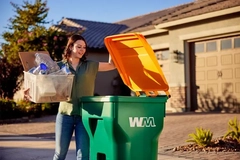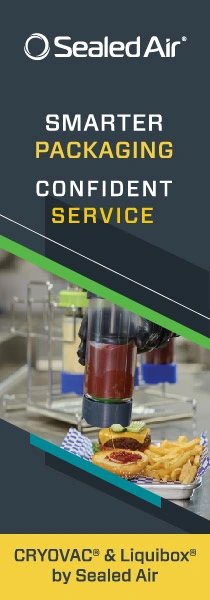Fraunhofer tweaks nanocomposites to create recyclable flexible plastic films
09 Aug 2021 --- The German-based Fraunhofer Institute for Process Engineering and Packaging (IVV) is highlighting the results of its BarriFlex project, which is working to create recyclable flexible plastic barrier packaging.
The project’s goal is to develop a high-performance, low-cost barrier film, which has a low carbon footprint for flexible packaging and encapsulation based on a single material.
The Fraunhofer researchers are combining nanoparticles and coatings via a high shear mixing process, which ensures that the various nanoplatelets – from commercial nanoclays to eco-friendly cellulose nanocrystals – are dispersed homogeneously.
To date, flexible plastic films that provide a substantial barrier against oxygen or water vapor consist of several layers that block these gases. However, these several layers simultaneously inhibit easy recyclability. The project began in 2019 and will conclude this year.
The BarriFlex approach
To provide a protective barrier against gases, a mix of nanoparticles is typically integrated into selected coatings and adhesives.
These particles act as an obstacle, stopping molecules from permeating the film by reducing their free volume in the matrix, extending their diffusion paths or absorbing water vapor.
The BarriFlex project, however, takes a different approach. Computational tools first determine preliminary formulation benchmarks and the associated barrier performance. The barrier layer is then applied to a polymer substrate and laminated to a sealing film for food packaging applications.
The researchers circumvent migration issues by fixing the nanoparticles within the matrix. To encapsulate flexible photovoltaic modules, the monolayer barrier acts as a preliminary encapsulation layer, limiting the number of additional layers needed to reach the desired permeation level.
In both applications, state-of-the-art barrier performance must be achieved to demonstrate the added value of the concept.
Fraunhofer at forefront of research
Fraunhofer IVV has significant experience experimenting in nanotechnologies. Throughout the past year, PackagingInsights spoke with the institute’s researchers regarding its FlexFunction2Sustain project, which envisages new business opportunities in replacing glass and metal with nano-functionalized plastic.
In other circular economy initiatives, Fraunhofer IVV collaborated with Stryrenics Circular Solutions on enabling the mechanical recyclability of polystyrene for food contact standards. IVV’s FreshInPac project is currently designing food-grade packaging that prolongs fresh produce shelf life by inhibiting ethylene-induced ripening and microbial spoilage.
Also, the “lighthouse project” Waste4Future allows Fraunhofer researchers to recommend the most suitable recycling pathway after assessing plastic waste’s type, quality and specific reuse potential with sensor technologies.
By Anni Schleicher












